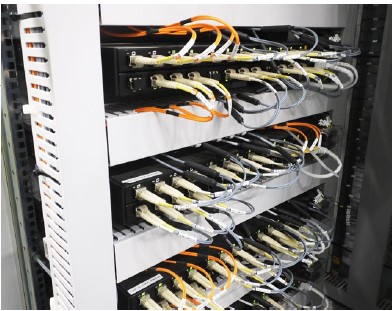by Alex Apostolov, USA
The IEC 61850 standard has been around for more than 20 years and in the last several years I have been visiting digital substations at all corners of the globe. I am always happy to talk with the people that were brave enough to make the switch and now we are all getting the benefits from their experience.

It is strange to me that there are many people who are still afraid to even try. That is why we dedicated this issue of the magazine to the experience from making the transition from conventional hardwired substation protection, automation and control systems to digital substations based on the IEC 61850 standard.
From the articles published in this issue it is clear that there are many benefits of switching from conventional hardwired to IEC 61850 based protection and control systems. We can start with the fact that compared to traditional hardwired systems, IEC 61850 based implementation offers critical advantages in terms of interoperability, performance, flexibility, redundancy, and ease of maintenance or expansion.
A major benefit of IEC 61850 is seamless interoperability. Unlike conventional hardwired protection and control infrastructure, IEC 61850 utilizes a standardized data model and communication protocols that facilitate information exchange between various intelligent electronic devices (IEDs) from different manufacturers. The assets can communicate and work together as long as they conform to the IEC 61850 specifications, eliminating proprietary solutions and simplifying integration.
IEC 61850 also enables wide-area monitoring, protection, and control schemes over long distances through high-speed communication networks. By enabling high-performance data exchange between IEDs, substations, and control centers, IEC 61850 constructs a reliable automation infrastructure to support smart grid applications like synchronized sampling and wide-area situational awareness. This ensures complete observability over an expansive section of the grid.
The standardized configuration language of IEC 61850 improves the efficiency of the engineering process and enables plug-and-play capabilities, allowing devices to be easily integrated. Configuration modifications are also simplified through software changes rather than rewiring. This principles-based configuration approach improves redundancy as backup IEDs can seamlessly take over during device failure or replacement. IEC 61850 simplifies maintenance, testing, troubleshooting, and upgrades compared to complex hardwired schemes.
And finally, the IEC 61850 architecture reduces costs at all stages of the life cycle of substation protection, automation and control systems while future-proofing them.
Utilities increasingly recognize the performance, flexibility, interoperability, and cost optimization benefits offered by transitioning from conventional to IEC 61850 based designs, so what are you waiting for?








